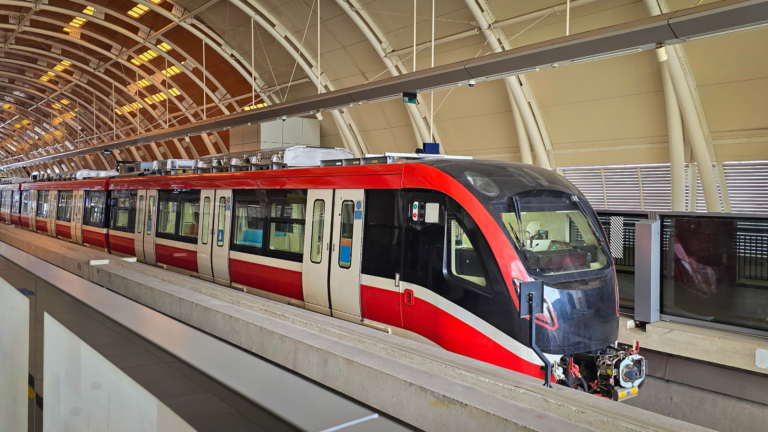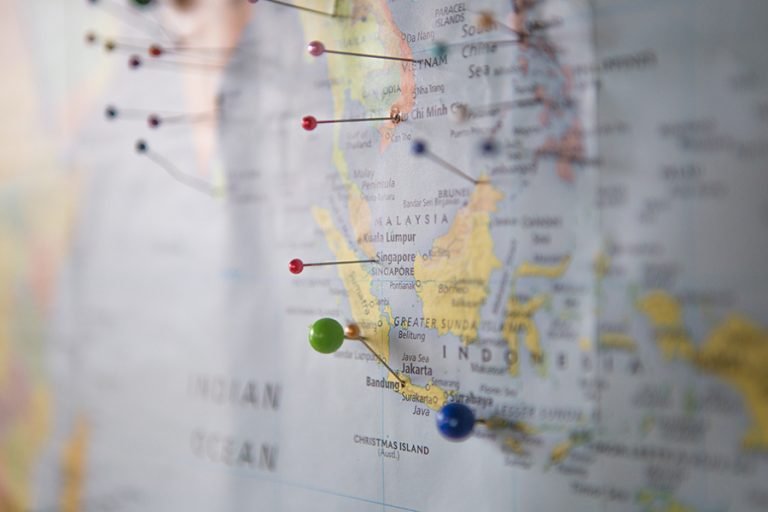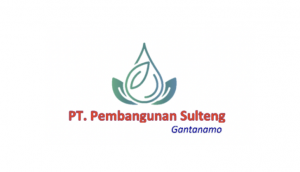
It’s a place of contradictions. It’s Bali’s southern most point. It’s hot and it’s arid. But it’s just twenty minutes away from Ngurah Rai International Airport; it’s home to millionaires and celebrities and exclusive addresses and it’s also where you’ll find world renowned surf breaks and beaches hidden by steep cliff faces.
The Bukit is actually quite large and can be divided into the main areas of Pecatu, which includes Dreamland (great surf), Balangan’s fantastic white sand beach (and great surf) and Bingin (great surf); Ungasan, Uluwatu – where devotees come to pray at the cliff front temple and where surf freaks come to get surf freaked. It’s probably the most famous wave in Bali and it can get real busy; and Pandawa, which has seen one of the biggest changes in the Bukit in the last couple of years. It’s no longer the quiet white sand beach with seaweed farms that people used to know and love. No sir! It’s now home to a 9-hole golf course and beach side warungs.
Literally translated, the “Bukit” means “hill” in Indonesian, but it’s actually more like a big rock, and instead of the picture postcard scenes of verdant rice fields, volcanoes, tropical forests and coconut groves there are craggy limestone cliffs, rugged shorelines and stunning ocean views. Just stunning!
And the waves! Did I mention the waves already? Some of the best surf in the world is here and infamous spots have scary names like Impossibles!
Other great surf spots not named after dares include Padang-Padang, Bingin, Nyang-Nyang and Dreamland and not surprisingly it was this surf scene that kicked things off.
Like in Kuta and other spots along the west coast, surfing was the catalyst for growth and development in the Bukit. It’s debatable if any of these places would have grown so quickly without those free-spirited, nature junkies being ‘one’ with the ocean, hanging ten with goofy feet in majestic pipes. And in an ironic twist of fate, the best places kept most secret because they were so damn good, quickly became magnets for other like-minded souls from all over the world.
Now, it’s busy with surfer dudes and dudettes, confused hipsters, successful middle-agers retiring early, the odd golfer and lots of local and foreign traffic which tends to head to the 10th Century Hindu temple at Uluwatu, one of Bali’s significant nine directional temples which protects the island from evil forces.
The Bukit’s geography made finding water impractical and for many years it was common to see narrow roads overflowing with water trucks heading for five star resorts and private swimming pools. Thankfully the water problems have been addressed by PDAM, the country’s water utility company who brought water on tap to hotels, resorts, private villas, Airbnb’s, homestays and restaurants.
The roads, on the other hand haven’t been so fortunate as to have had a makeover and if there’s one thing most people will agree on, it’s that the Bukit needs better roads. But here’s the thing, there are some great roads for motorcycling if you know where to look.
The spectacular cliff front views more than make up for the inconvenience of crappy traffic. As do the commercial opportunities for those tuned in to the potential of the growing tourism market. Wedding venues, for example, have never been so busy with people busy tying knots. All the five star resorts offer wedding packages and together with private villas and specialised wedding chapels they service tens of thousands of couples a year. It’s a big business!
Let’s not forget some more of those contradictions … because rubbing shoulders with the rich and famous are the homestay surfers surviving on shoestrings and digital nomads sharing cold Bintang beers and orange red sunsets and golden beaches.
The Bukit is where you’ll also find the world’s largest (still unfinished) statue at GWK (Garuda Wisnu Kencana Cultural Park), a great venue for music festivals, concerts, cultural performances, souvenir shops and food stalls. And if you get the urge to get a crazy good adrenaline hit, just jump off the cliff at Timbis with a paraglider!
Land prices are not the eye-watering equivalent of Kuta or even parts of Seminyak with freehold prices ranging from IDR 500 million per are (100 square meters) with sea views to IDR 1.5 billion per are for cliff front. Long-term yearly rentals are also more affordable than certain places in Canggu we could mention and you can pick up a very tidy four-bedroom villa with pool and ocean views for around USD20,000 a year.
So, what’s so special about the Bukit?
Guess the only way for you to know is to check it out for yourself. And when you do and if you can pull yourself away from the beaches (and surf!) let us know what you think.
Andy writes on a variety of topics related to property, real estate, the customer experience, mindset training and local/international trends for Seven Stones Indonesia. You can read some of his blogs here.
Seven Stones Indonesia is a property company headquartered in Bali, Indonesia, with a mission to help people who are interested in buying and selling residential and commercial real estate.
If you’re thinking about property, ROI, capital gains or lifestyle investments in Bali, Jakarta, Surabaya, and Indonesian’s Eastern Islands and need some friendly advice and guidance then why not email [email protected] or check out Seven Stones Website | Seven Stones Linkedin | Seven Stones Facebook

















